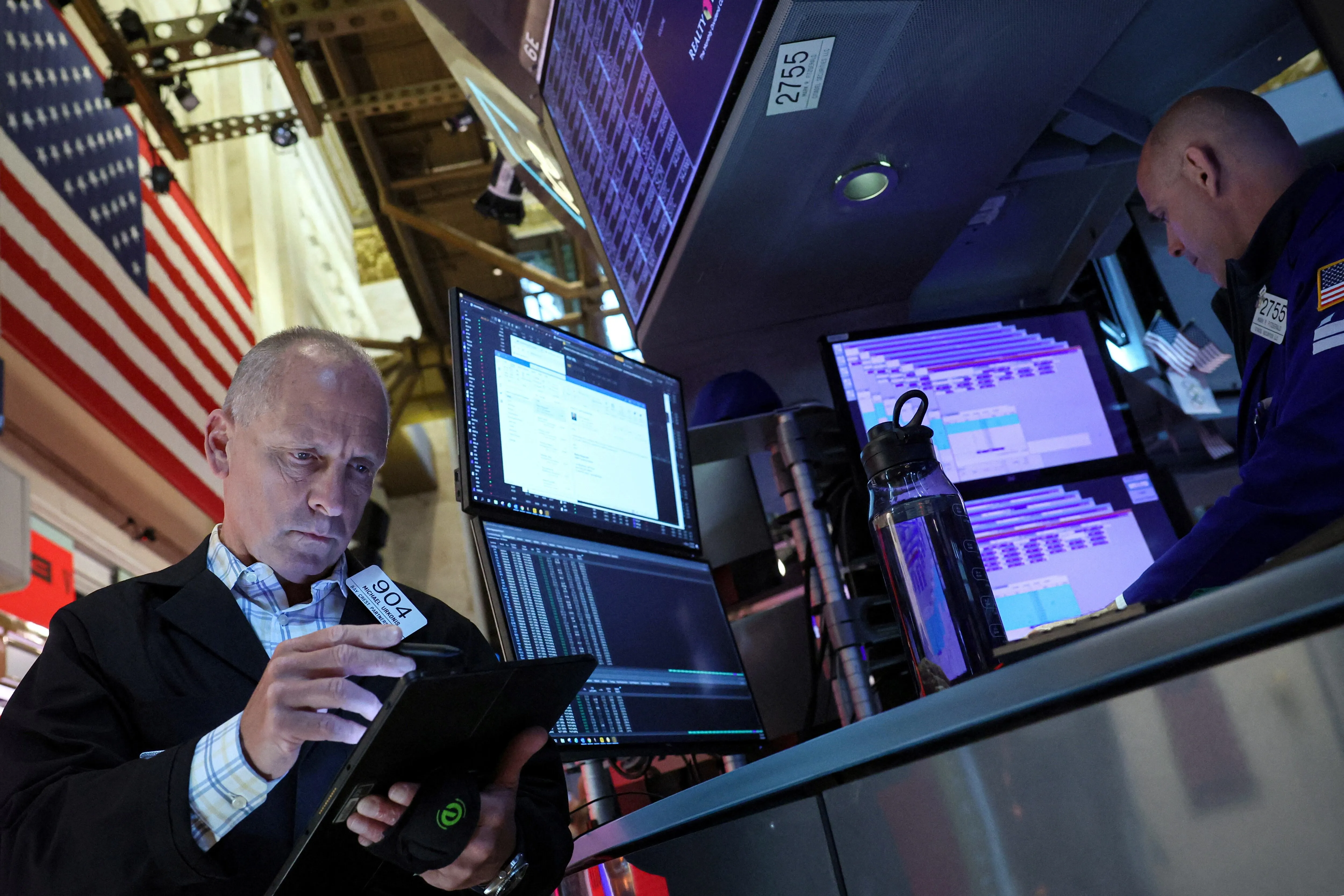Ahead of Inflation Data, U.S. Bond Yields Slip From Their Highest Level in More Than a Year
- January 13, 2025
- Category: Blockchain

mTreasury yields edged lower on Tuesday morning following a softer-than-expected reading of December's producer-price index (PPI), though the 30-year yield briefly flirted with the 5% threshold.
Market Movements
- The yield on the 2-year Treasury fell 2.7 basis points to 4.372%, down from 4.399% on Monday.
- The yield on the 10-year Treasury declined 1.4 basis points to 4.788%, compared to 4.802% in the previous session.
- The 30-year Treasury yield slipped marginally by less than 1 basis point, landing at 4.981% after hitting a peak of 4.999%.
Monday's closing yields for the 10-year and 30-year Treasuries were the highest since October 31, 2023. Meanwhile, the 2-year yield concluded Monday at its highest closing level since July 25 of last year.
Factors Influencing the Market
Tuesday's decline in yields followed the release of the December PPI report, which showed a modest 0.2% increase for the month. This reading provided a reprieve from the elevated inflation figures that had dominated the latter part of 2023.
The PPI data sets the stage for Wednesday’s closely watched consumer-price index (CPI), which will likely shape market expectations for future Federal Reserve actions.
After the PPI data was released, the 30-year Treasury yield briefly climbed to 4.99%, reflecting persistent concerns about inflation and the broader economy’s resilience. Long-term yields have been rising in recent weeks due to worries that entrenched inflation and robust economic performance may reduce the likelihood of the Federal Reserve cutting interest rates before June 2024.
Economic and Policy Context
Amid inflation concerns, Bloomberg reported on Tuesday that President-elect Donald Trump's economic team was contemplating a gradual rollout of tariffs. The aim would be to avoid triggering a surge in inflation, according to sources familiar with the matter.
The bond market has experienced what analysts have described as a "mini-meltdown," driven by inflationary pressures and uncertainty about the Federal Reserve’s monetary policy. Jim Reid, a strategist at Deutsche Bank, noted that this environment has heightened the importance of Wednesday's CPI report. "Another upside surprise would further cement doubts that the Fed will be cutting rates anytime soon," he said.
Market participants are keeping a close eye on upcoming economic indicators, especially CPI data, to gauge the Federal Reserve’s potential policy direction. The bond market’s recent fluctuations highlight the balancing act between inflation concerns and expectations for monetary easing. With long-term yields nearing critical levels, the interplay between economic data and Fed policy will remain a focal point in the weeks ahead.

